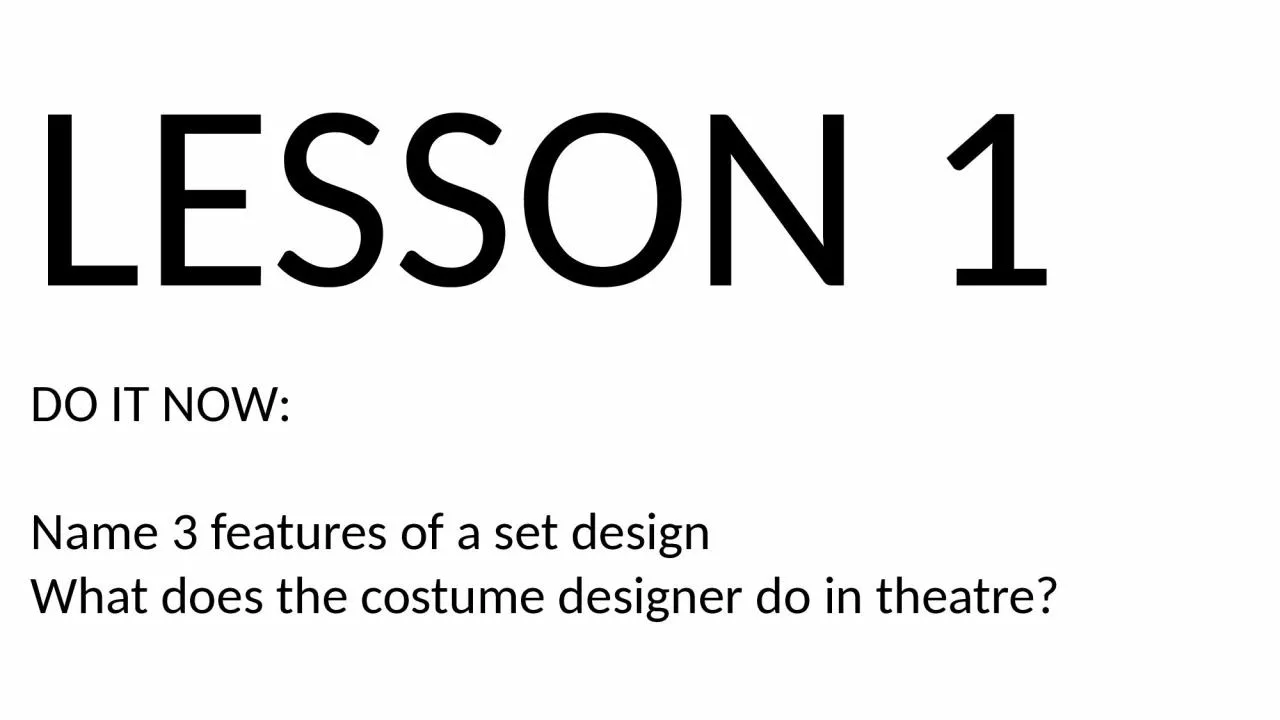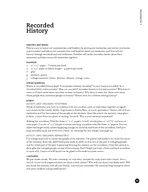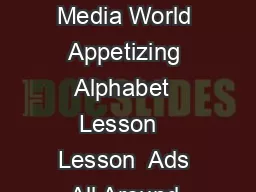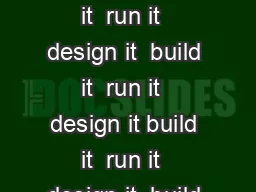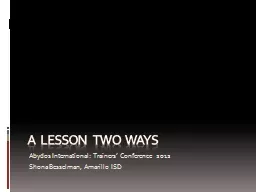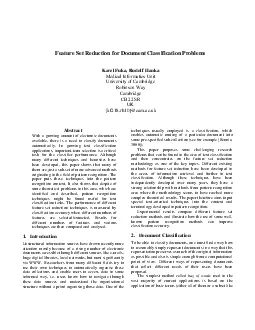PPT-LESSON 1 DO IT NOW: Name 3 features of a set design
Author : megan | Published Date : 2023-09-24
What does the costume designer do in theatre Pantomime BIG PICTURE In this topic you will learn about the key features of a pantomime stock characters and the traditions
Presentation Embed Code
Download Presentation
Download Presentation The PPT/PDF document "LESSON 1 DO IT NOW: Name 3 features of a..." is the property of its rightful owner. Permission is granted to download and print the materials on this website for personal, non-commercial use only, and to display it on your personal computer provided you do not modify the materials and that you retain all copyright notices contained in the materials. By downloading content from our website, you accept the terms of this agreement.
LESSON 1 DO IT NOW: Name 3 features of a set design: Transcript
Download Rules Of Document
"LESSON 1 DO IT NOW: Name 3 features of a set design"The content belongs to its owner. You may download and print it for personal use, without modification, and keep all copyright notices. By downloading, you agree to these terms.
Related Documents

